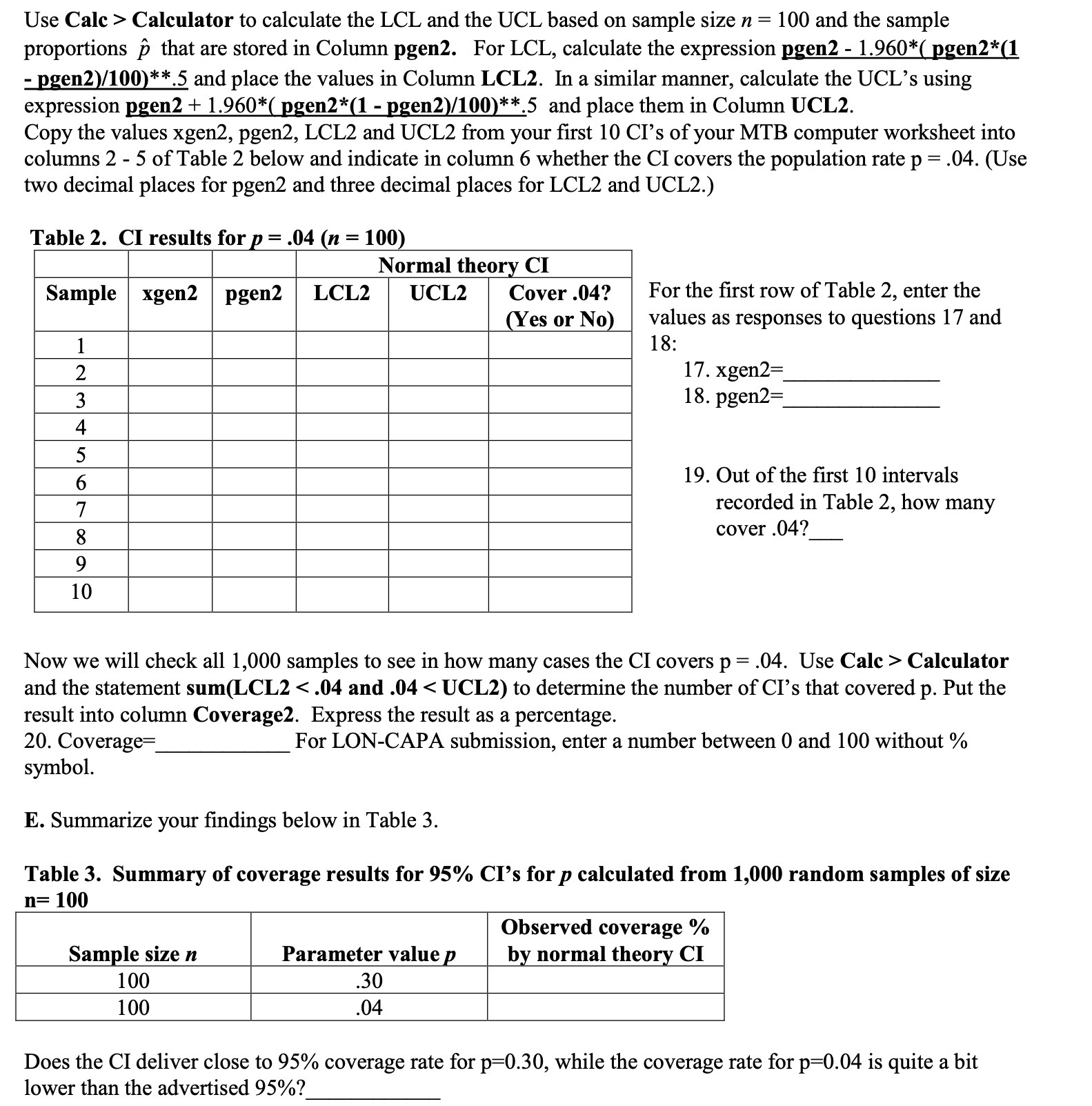Answered step by step
Verified Expert Solution
Question
1 Approved Answer
Use Calc > Calculator to calculate the LCL and the UCL based on sample size n = 100 and the sample proportions p that are

Step by Step Solution
There are 3 Steps involved in it
Step: 1

Get Instant Access to Expert-Tailored Solutions
See step-by-step solutions with expert insights and AI powered tools for academic success
Step: 2

Step: 3

Ace Your Homework with AI
Get the answers you need in no time with our AI-driven, step-by-step assistance
Get Started


